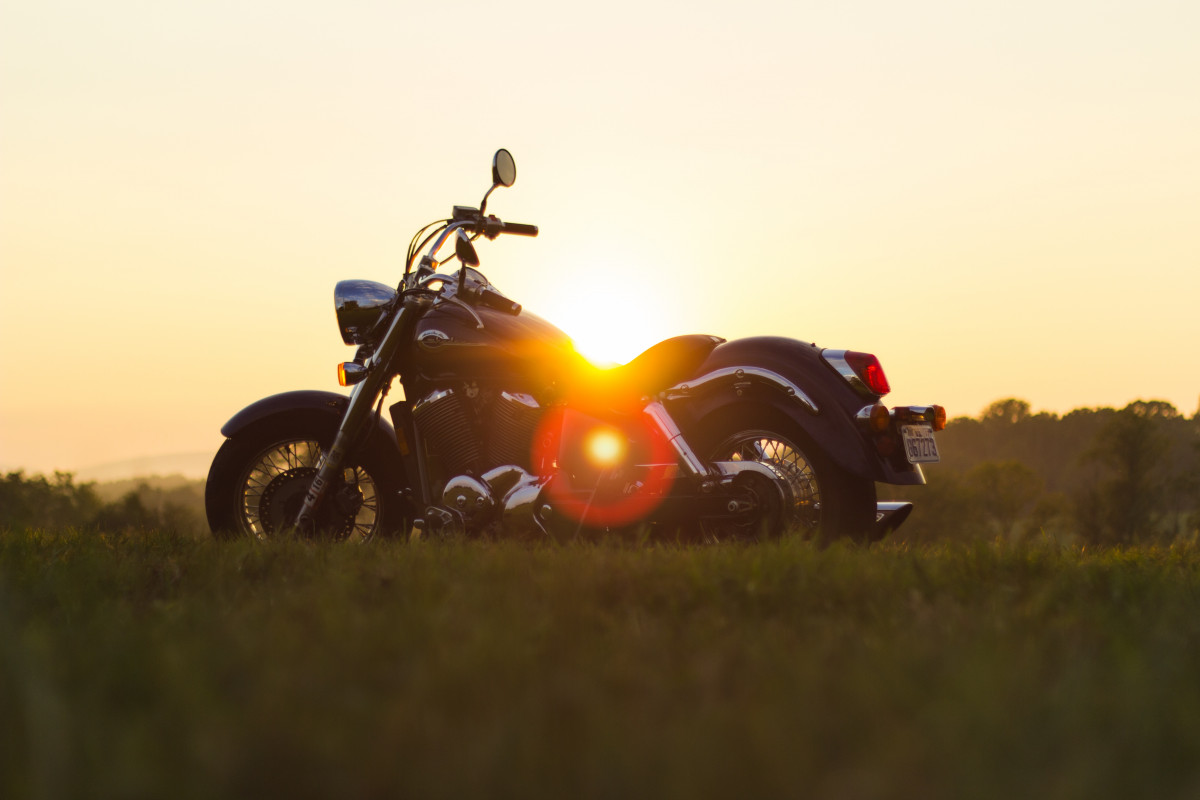The reality of life in the modern, fast paced, interconnected world is that long distance job applications and career moves are much more viable than at any point before in history. It used to be that you would be born, grow up, get educated, work, and then settle into a comfortable retirement all in the same State, sometimes even the same city. That, however, is so 20th century.
Today’s workforce is a highly mobile one, with opportunities to expand, explore, and upgrade your skills all over North America. Sometimes these opportunities require you to relocate, and that brings up the dilemma of what to keep, what to sell/give away, and what to move with you, including your trusty two wheeled steed. Sometimes that culminates in an epic, multi-day road trip, and sometimes it means selling your bike and looking at buying a new one when you’re all moved in to your new home.
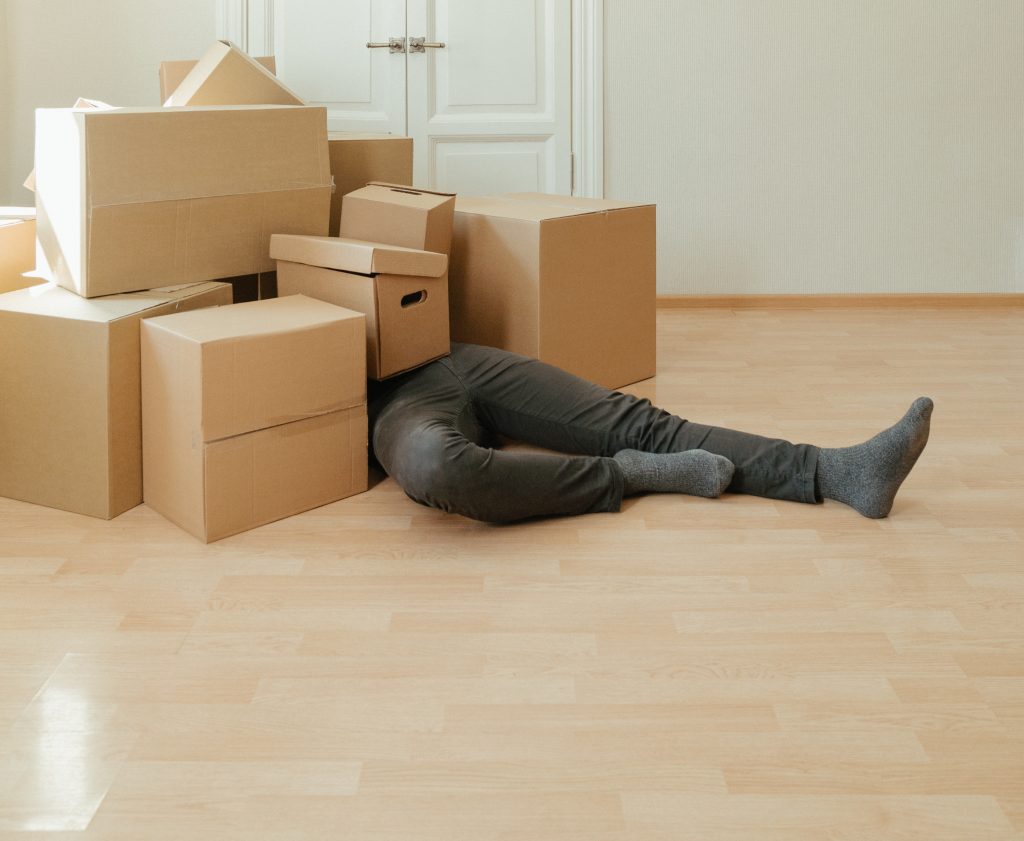
There is also the possibility that you want to sell your bike, or buy another one off a fellow rider, but you are several states apart. The wired nature of North America makes this possible, so you could buy a really cool custom chopper out of Florida, but you live in Washington State and don’t want to risk it getting damaged in a massive cross country run.
This is where having a motorcycle professionally shipped comes into play. There are tons of options, including companies such as A1 Auto Transport that specialize in shipping cars and motorcycles, so you can rest assured that your ride will reach its destination safely. There are a variety of transportation options that each company provides, as well as standard rates, priority rates, first class exclusive shipping where your bike (or car) is the only vehicle on the transport, and about 50 other options you can pick and choose from.
Of course, when considering shipping your bike, there are several questions that are sensible to ask. How much does it cost? Is it insured? What happens if the transport is delayed or breaks down? What do I need to do to, or with, my bike before shipping? While there are a ton of variables each company is happy to discuss with you, It is that last question that we are going to answer here today.
Prepping For Shipping
Once you’ve decided on a shipping company, the first thing that you need to do is schedule when they are going to come and pick up your bike. You might want to ride right up until the day before you move or sell the bike, or you might want to have the bike in transit while you and all your other possessions make the trip ahead of its arrival, so you can have your garage or parking spot ready for the drop off.
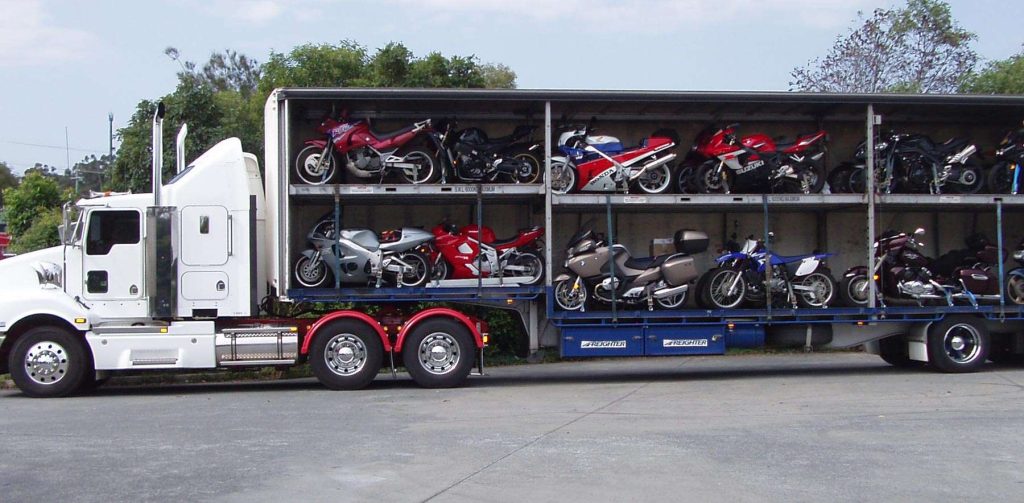
Another determining factor is if your bike is being shipped “standard,” which means strapped down in a special cradle on a transport vehicle, or “crated,” where a wooden frame is built up around the bike and it is strapped down tightly to that frame, sometimes encased in plywood as well. Most new motorcycles arrive at dealerships in crates, so it is a well understood method of transport, but some of the prep steps vary depending on which method is used.
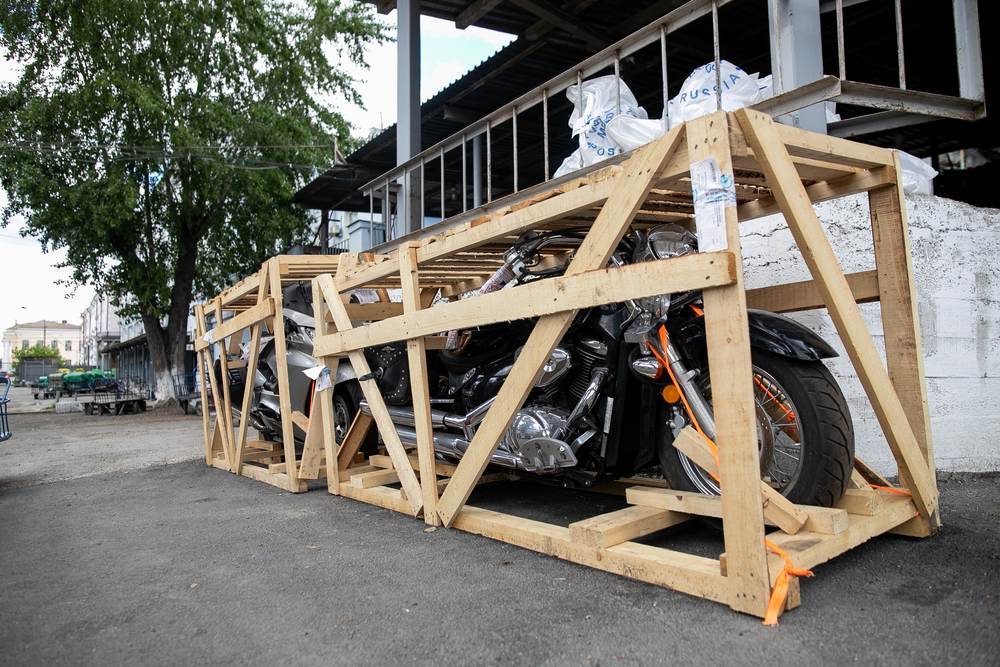
When the time comes for your bike to be picked up, there are six standard steps that almost every transport company will have you perform.
Clean Your Bike
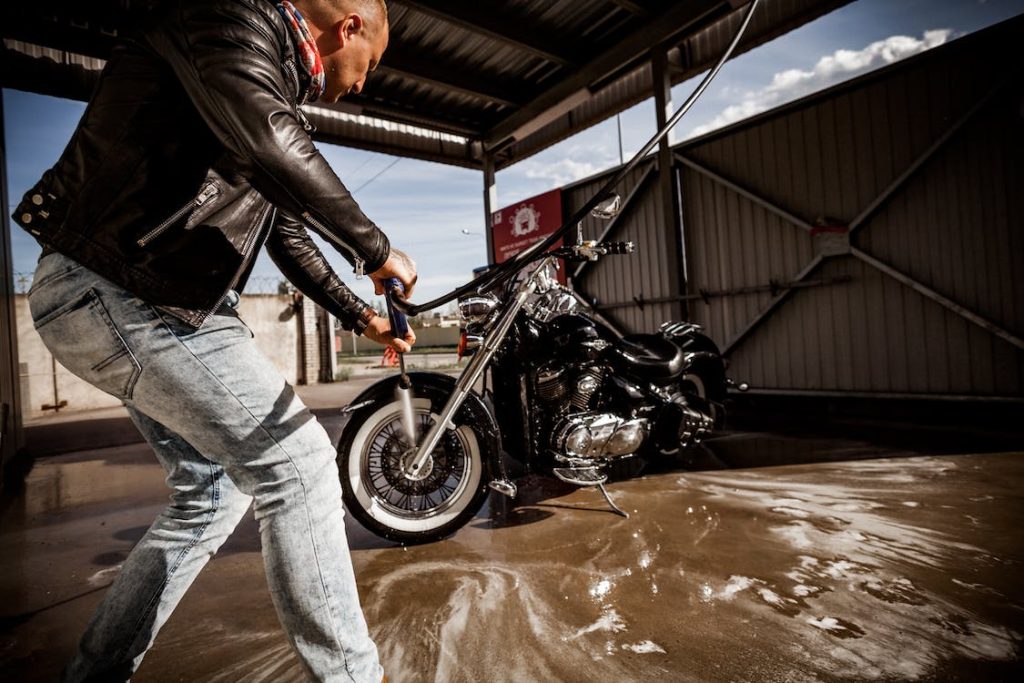
This may sound rather silly, but it’s true. Take the time the day before your scheduled pick up and thoroughly clean your bike. Using slightly soapy water, a motorcycle-approved cleaning spray, or in a hurry just plain water and a lint-free or microfiber cloth, wipe off any and all dirt and deposits. Take the time and properly clean and lube your chain. Wipe out the insides of the wheel rims with a different cloth. Clean off your windscreen (if your bike has one) using polycarbonate or acrylic safe cleaner, never use glass cleaner as it will likely react with the plastic in the windscreen and cause cloudiness..
You should be keeping your bike clean, anyways, so consider it an excuse to do a proper deep clean of your bike!
Inspect & Document Any Pre-Existing Damage/Marks
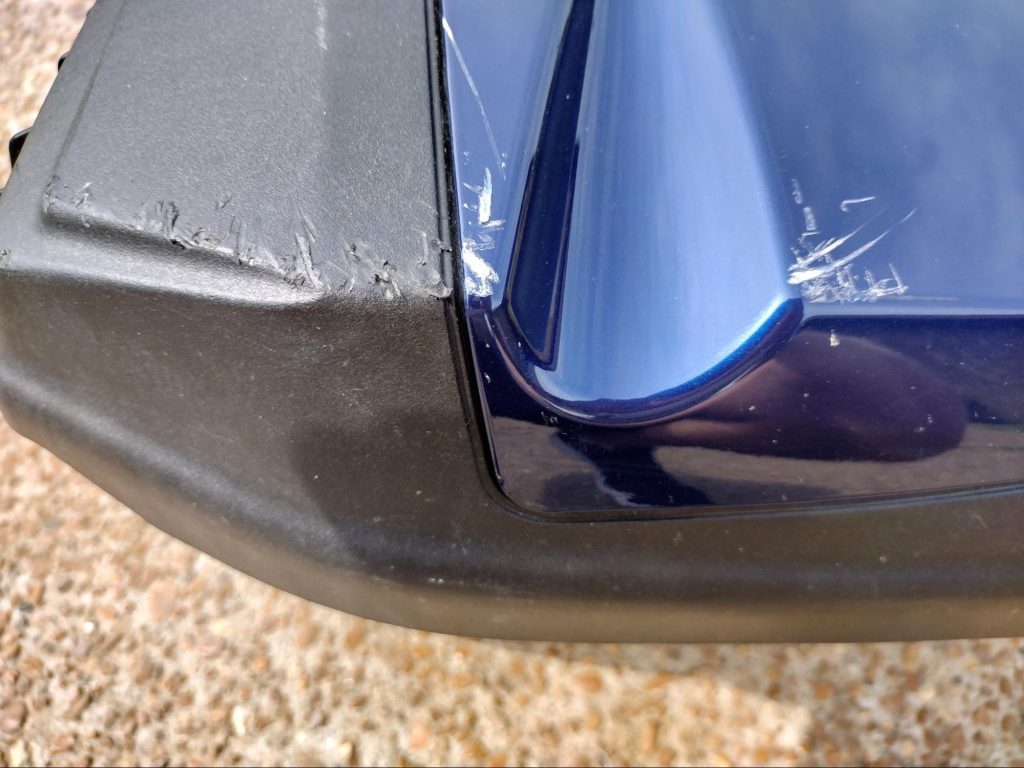
Once your bike is cleaned, take a lot of pictures, including closeups, of any existing scuffs, scratches, dents, marks, blemishes, and anything else of note that you want to document. This is for both your own peace of mind, as well as for insurance during transport. The shipping company should take their own pictures and document what they see before transport, but having two independent sets of evidence for any claims is better than having none.
Do keep in mind that every vehicle shipping company, under US law, must have some form of liability insurance. Some have the bare minimum, while others have up to $7,000 liability insurance built into their base pricing, with options to add additional riders as part of the shipping agreement to cover pretty much anything you can think of.
Remove Any Accessories & Loose Items
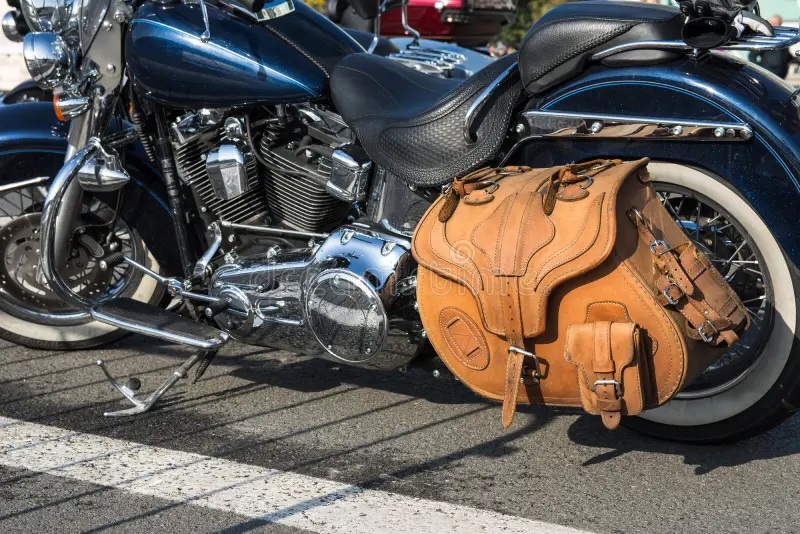
There are some of us riders out there that have phone mounts on our bikes. Others have TPMS systems with a little readout that attaches to the handlebars. There are those that have action camera mounts on the bars, frame, or tail. Many cruiser and ADV riders have saddlebags or pannier lockers. These should all be removed, and for a good reason.
If your bike is being shipped standard, accessories and loose items, including saddlebags, could be shaken off the bike, or be knocked loose and cause paint scratches or other damage to your machine. If your bike is being crated for longer distance, even international shipping, the frame is used for a lot of tie-down points, so if something interferes with a strap or is sharp and rubs a strap enough to break it, it can cause your bike to flop back and forth inside the crate and sustain damage.
The only time this doesn’t come into play is if your bike, such as an Indian Chieftain, has built in hard saddlebags that can’t be removed.
Check All Fluids, Pressures, & Battery Charge
This one really depends on how your motorcycle is being transported.
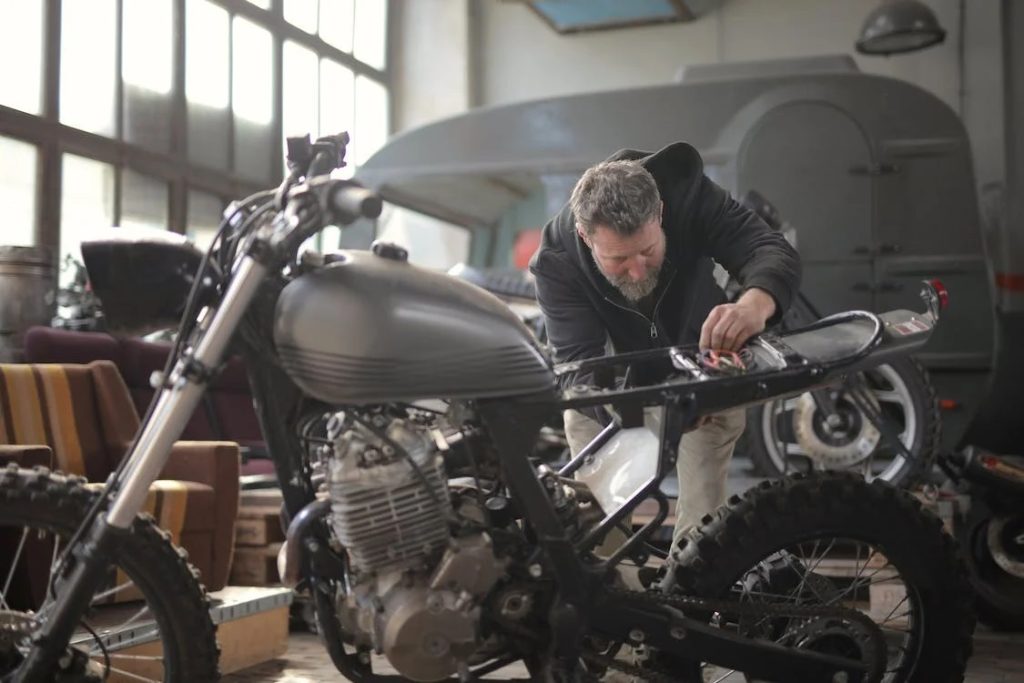
For a standard transport, you want the tires to be at their full cold pressure, the coolant topped off to its cold fill line, and the battery fully charged. This is because your bike will likely need to be ridden on to, or off of, a transport vehicle.
For a crated transport, depending on the company you choose, you should remove your battery or disconnect it. Some companies will also have you deflate your tires to around 26 PSI to prevent hard bumps or shocks from overpressurizing your tires, usually on long distance or international transports. Depending on the interstate or international laws regarding vehicle shipments, you may also need to drain the coolant, oil, and brake fluid as well.
There is one fluid that does need to be low or drained in both cases, however…
Make Sure Your Gas Is At An Appropriate Level
For standard transport, you want to have a quarter tank or less. This is because your bike may be one of several on the same transport truck, and a quarter tank is more than enough for any ride-on-ride-off of the transport that needs to be done. The other aspect is that vehicle transporters are under strict, and enforced, weight limits, and 1 liter of gas is 1 kilogram (2.2 lbs) of weight. With some bikes having 15 to 20 liter long distance tanks, across 10 to 20 bikes on a transport, that can add up rather quickly.
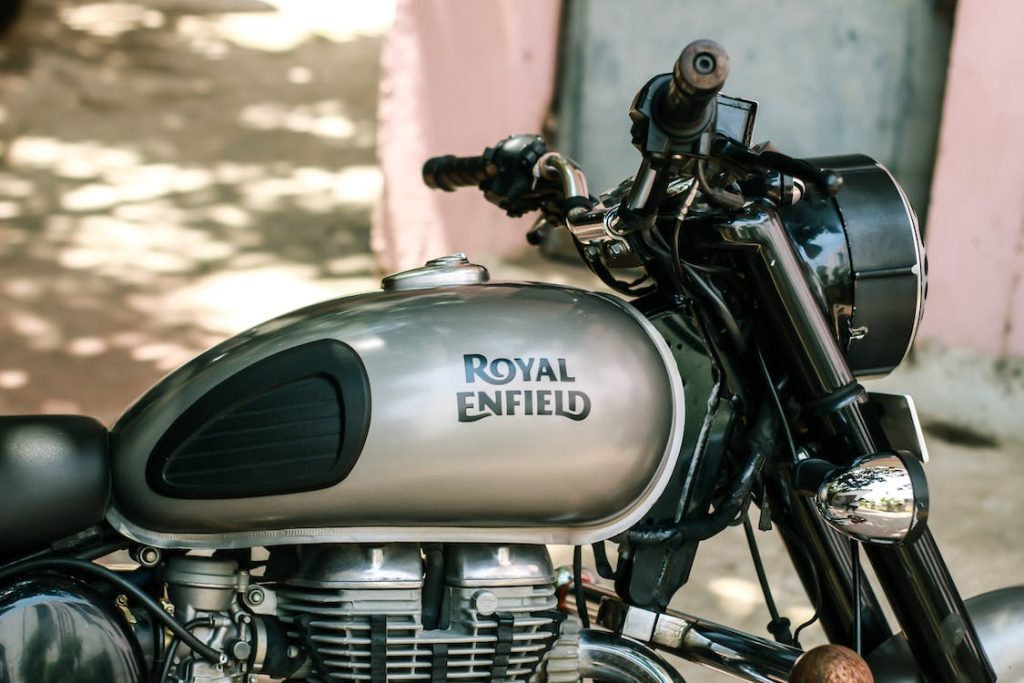
For crated transport, you want your tank to be empty, as motorcycles are classed under Dangerous Goods (Liquid Flammable Powered) regulations. Having your bike catch fire in the middle of transport is definitely something you don’t want to have happen. As well, if for some reason your filler cap leaks or is knocked off, petrol can cause damage to your bike or other vehicles sharing the transport.
Disable Any Alarm & Hand Over The Valet Key
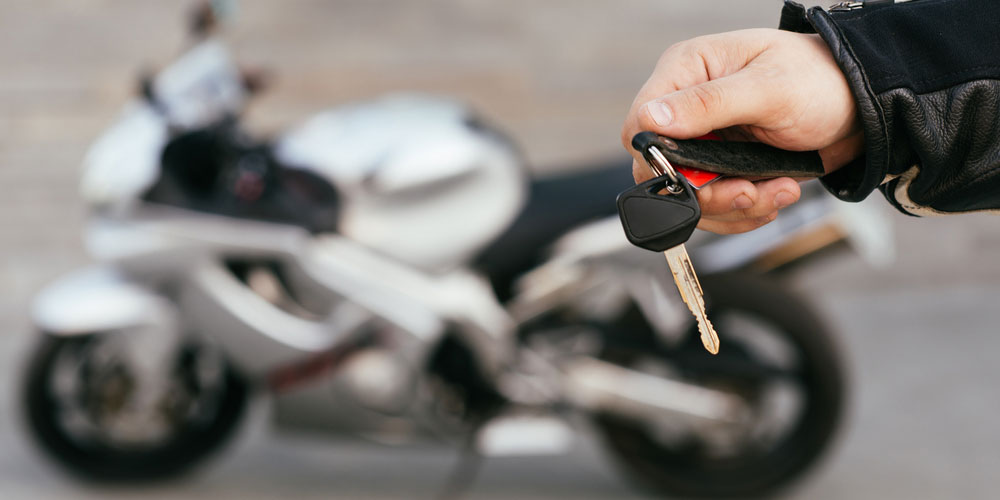
If your bike needs to have a key turned in the ignition to start up, then make sure that any alarm systems your bike might have are turned off or disconnected. These systems are much more common on continental tourers and long distance GT bikes than most other types.
If your bike is a proximity key push-button start, make sure that you hand over the valet key (or a regular key if your bike didn’t come with a valet one) to the transport company. This is a key that limits the RPM of the engine and doesn’t allow for the bike to travel more than a few miles before it activates the immobilizer.
Make sure you don’t hand over the service key, however, as that is the master key for your bike. The only time to do so is if you sold your bike and are shipping it to its new owner.
While there are a lot of other things to consider when having your motorcycle transported, these six steps in preparing your bike for its journey will help make sure it’s as smooth and painless a process as possible. Do your due diligence, make sure the company you retain is professional and experienced and it’s perfectly allowed to shop around a bit to find the best rates and timeframes.

